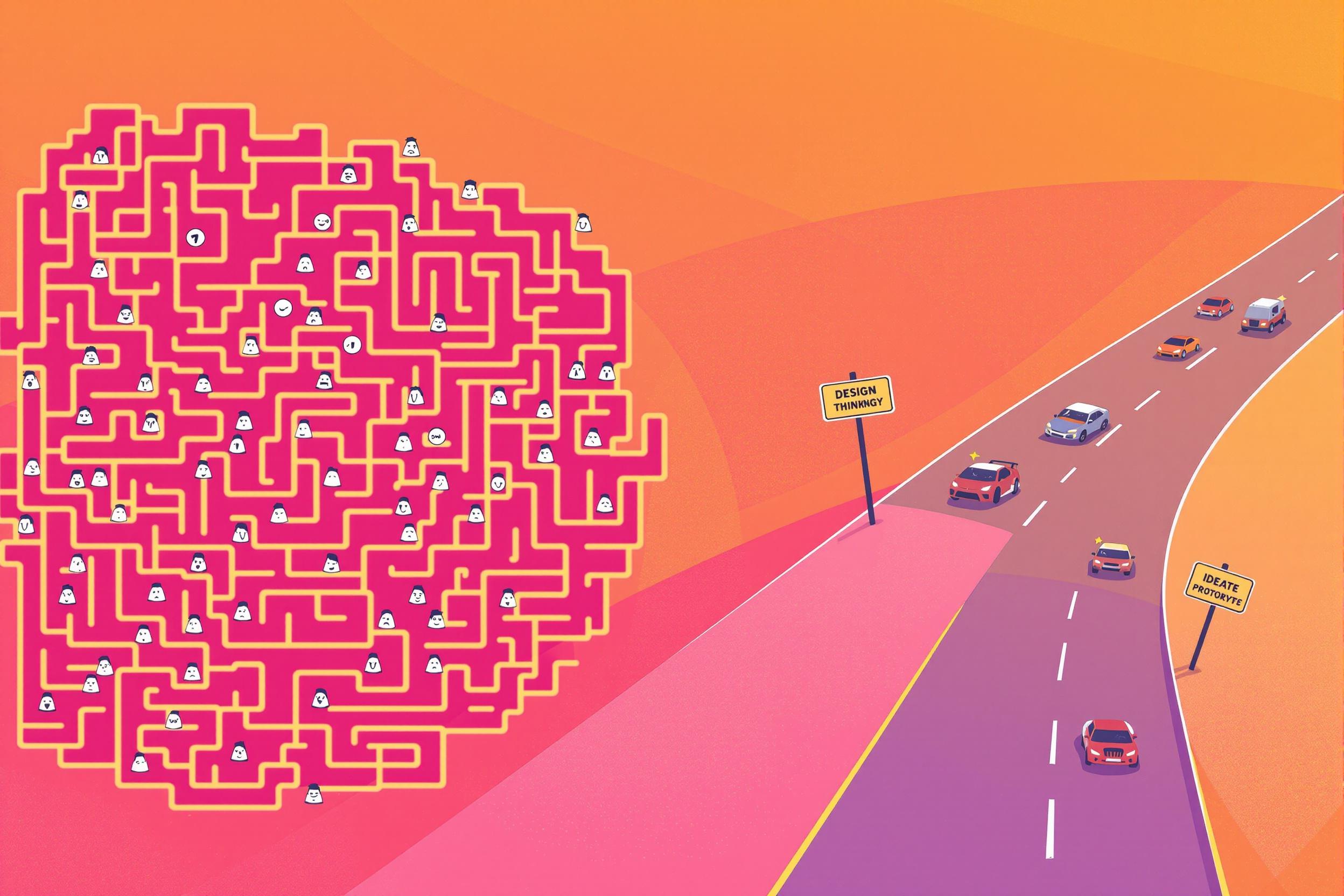
Curriculum Design
Curriculum Design is the process of planning and creating structured learning programs. In music education, it involves organizing what and how students will learn music over time. Think of it as creating a detailed roadmap that helps teachers know what to teach, when to teach it, and how to measure student progress. This could include planning lessons for different skill levels, choosing appropriate music pieces, and deciding on teaching methods. Similar terms include "lesson planning" or "educational program development," but Curriculum Design is more comprehensive and looks at the bigger picture of a student's learning journey.
Examples in Resumes
Developed Curriculum Design for beginner to advanced piano students aged 5-18
Created comprehensive Curriculum Design for group violin classes
Implemented innovative Curriculum Design strategies to improve student retention and progress
Typical job title: "Curriculum Designers"
Also try searching for:
Where to Find Curriculum Designers
Professional Organizations
Online Communities
Job Resources
Example Interview Questions
Senior Level Questions
Q: How would you design a multi-year curriculum for a music school?
Expected Answer: Should discuss creating progressive skill levels, incorporating different learning styles, assessment methods, and how to adapt the curriculum based on student feedback and results. Should mention experience managing other teachers and coordinating across different instruments or programs.
Q: How do you measure the success of a curriculum?
Expected Answer: Should explain various evaluation methods like student progress tracking, retention rates, parent feedback, performance outcomes, and formal assessments. Should discuss how to use this data to improve the curriculum.
Mid Level Questions
Q: How do you accommodate different learning styles in your curriculum?
Expected Answer: Should describe various teaching methods for visual, auditory, and hands-on learners, and how to incorporate these into lesson plans. Should mention experience adapting materials for different age groups.
Q: How do you handle curriculum planning for students with different skill levels?
Expected Answer: Should explain methods for assessing student abilities, creating differentiated learning paths, and maintaining engagement for students at various skill levels.
Junior Level Questions
Q: What are the key elements you include in a lesson plan?
Expected Answer: Should mention basic components like learning objectives, warm-up activities, main lesson content, practice exercises, and assessment methods.
Q: How do you organize your teaching materials?
Expected Answer: Should describe basic organizational systems for sheet music, exercises, and teaching resources, including digital and physical filing systems.
Experience Level Indicators
Junior (0-2 years)
- Basic lesson planning
- Following established curricula
- Student progress tracking
- Basic teaching techniques
Mid (2-5 years)
- Creating custom lesson plans
- Adapting teaching methods
- Student assessment design
- Parent communication
Senior (5+ years)
- Full program development
- Teacher training and supervision
- Curriculum evaluation and improvement
- Program management
Red Flags to Watch For
- No experience in actual teaching
- Unable to explain how to adapt to different learning styles
- Lack of knowledge about assessment methods
- No understanding of age-appropriate teaching materials
Related Terms
Need more hiring wisdom? Check these out...

Micro-Internships: The Game-Changer in Project-Based Learning

Why Your Hiring Process is a Maze (And How Design Thinking Can Turn It into a Superhighway)

Future-Proof Your Workforce: Embracing Lifelong Learning

